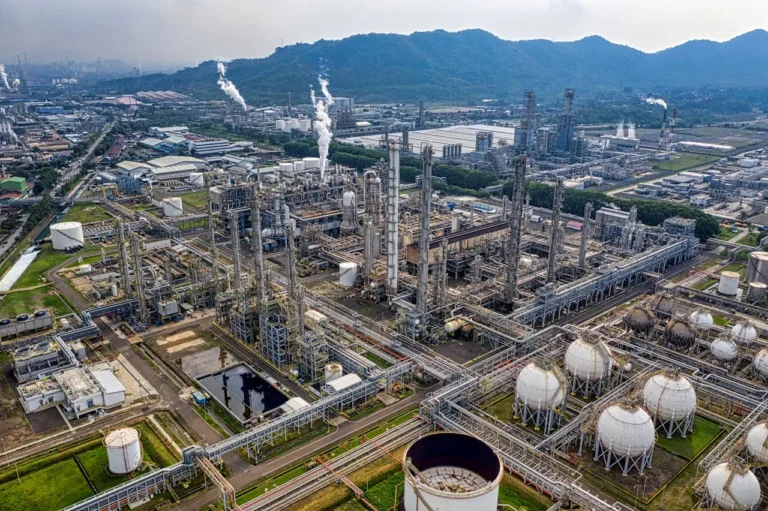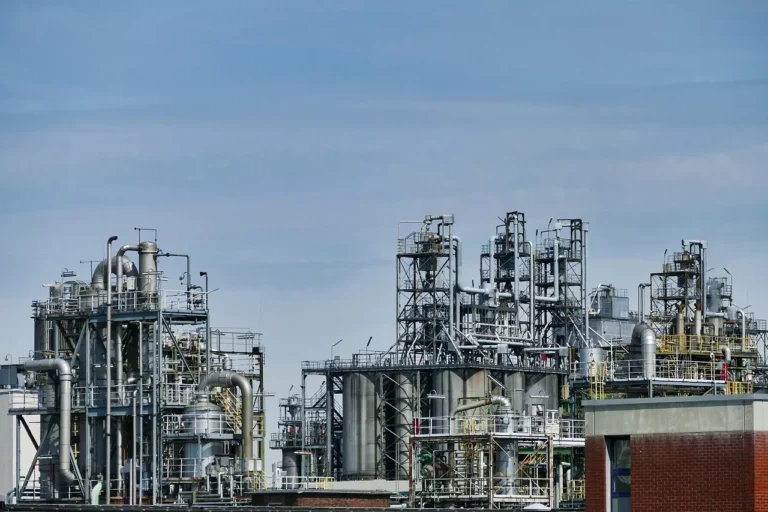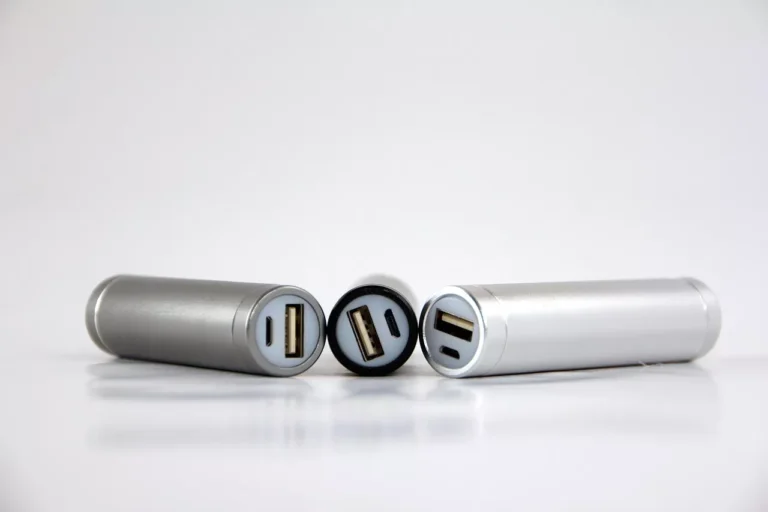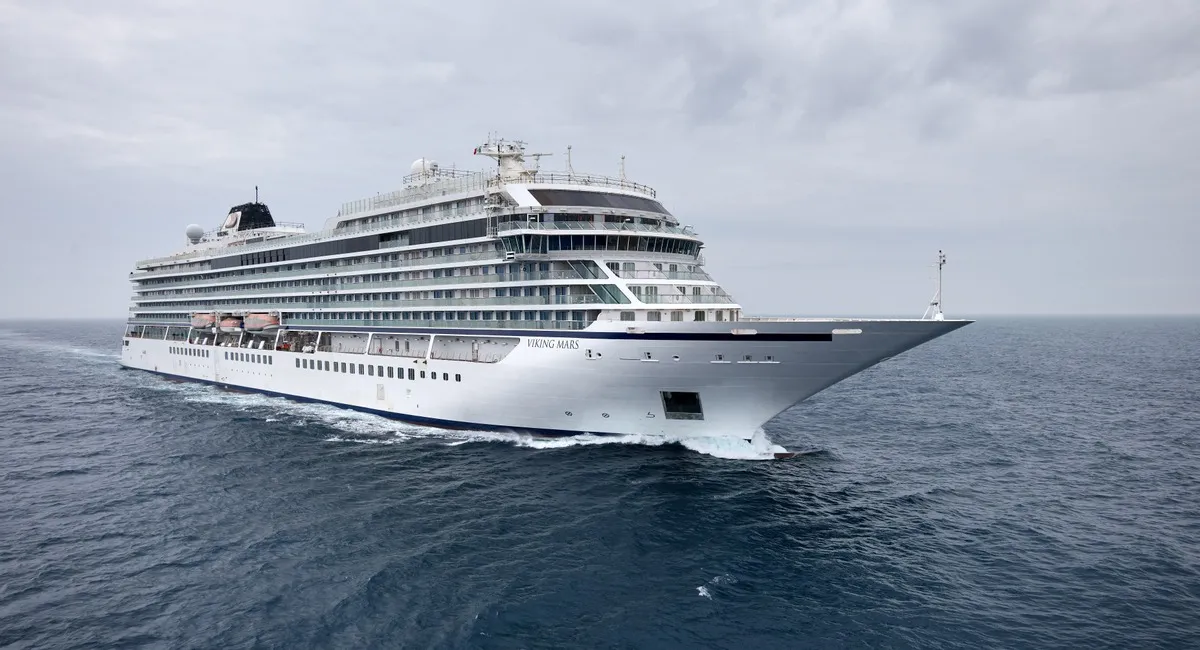
Viking and Fincantieri Announce World’s First Hydrogen-Powered Cruise Ship and Expand Long-Term Fleet Strategy
In a groundbreaking development for the cruise industry and the wider maritime sector, Viking® and Italian shipbuilding giant Fincantieri have announced the details of a historic project: the world’s first cruise ship powered by hydrogen, the Viking Libra. This bold initiative, aimed at revolutionizing sustainable ocean travel, reinforces both companies’ shared vision of reducing carbon emissions and leading the transition toward greener maritime technologies.
The Viking Libra is currently under construction at Fincantieri’s Ancona shipyard, located on Italy’s Adriatic coast. The ship is scheduled for delivery in late 2026, marking a monumental milestone in the evolution of cruise ship propulsion. Not stopping there, Viking also revealed that another vessel, the Viking Astrea, which is similarly under construction and set for completion in 2027, will be equipped with the same innovative hydrogen-powered system.
A Vision for Zero-Emission Cruising
Viking Libra will be classified as a small ship, consistent with Viking’s existing fleet, known for its emphasis on immersive and intimate travel experiences. With an approximate gross tonnage of 54,300 tons, the ship will house 499 staterooms, offering capacity for 998 guests. These dimensions not only ensure a personalized travel experience but also allow the ship to access smaller ports and more remote locations that larger vessels cannot reach.
Where the Viking Libra truly breaks new ground is in her propulsion system. Unlike traditional cruise ships that rely heavily on diesel or gas turbines, the Viking Libra will feature a hybrid system that integrates liquefied hydrogen and advanced fuel cells. This system has been developed in collaboration with Isotta Fraschini Motori (IFM), a Fincantieri subsidiary that specializes in cutting-edge fuel cell technologies. With a power generation capability of up to six megawatts, this clean energy system will allow the ship to operate with zero emissions under certain conditions, setting a new benchmark for sustainable cruising.
This zero-emission functionality opens the door to environmentally sensitive areas previously inaccessible to traditional cruise liners, such as protected marine ecosystems and coastal habitats with stringent emission restrictions. As global awareness of climate change and marine conservation grows, the ability to navigate these pristine waters responsibly will become a key differentiator in the cruise market.
Leadership Voices on Maritime Innovation
Commenting on the announcement, Torstein Hagen, Chairman and CEO of Viking, underscored the company’s long-term environmental vision:
“From the outset, we have designed our river and ocean ships thoughtfully to reduce their fuel consumption, and we are very proud that the Viking Libra and the Viking Astrea will be even more environmentally friendly. Viking made the principled decision to invest in hydrogen, which offers a true zero-emission solution. We look forward to welcoming the world’s first hydrogen-powered cruise ship to our fleet in 2026.”
Hagen’s remarks highlight Viking’s proactive commitment to environmental responsibility—a strategy that aligns with growing pressure on the shipping industry to curb its emissions and adopt sustainable practices. With climate change increasingly driving regulatory and consumer preferences, Viking’s leadership in hydrogen propulsion may become a significant competitive advantage.
Pierroberto Folgiero, CEO and Managing Director of Fincantieri, echoed the enthusiasm and broader implications of the project:
“With the Viking Libra, we are not only delivering the world’s first cruise ship powered by hydrogen stored on board, but we are also reinforcing our commitment to shaping the future of sustainable maritime transportation. Furthermore, we are thrilled about Viking’s decision to expand its fleet with the order of two additional ships, which reaffirms the strength of our partnership and the trust placed in our expertise. This new order is a testament to our shared vision for a more sustainable cruise industry, as together we continue to set new standards for innovation and responsible shipbuilding.”
Fincantieri, with a storied history in shipbuilding and technological innovation, has been instrumental in accelerating clean propulsion systems across both naval and commercial sectors. The collaboration with Viking is a strategic alignment of values and expertise, centered on decarbonization and operational efficiency.
Expanding the Fleet: Viking’s Long-Term Strategy
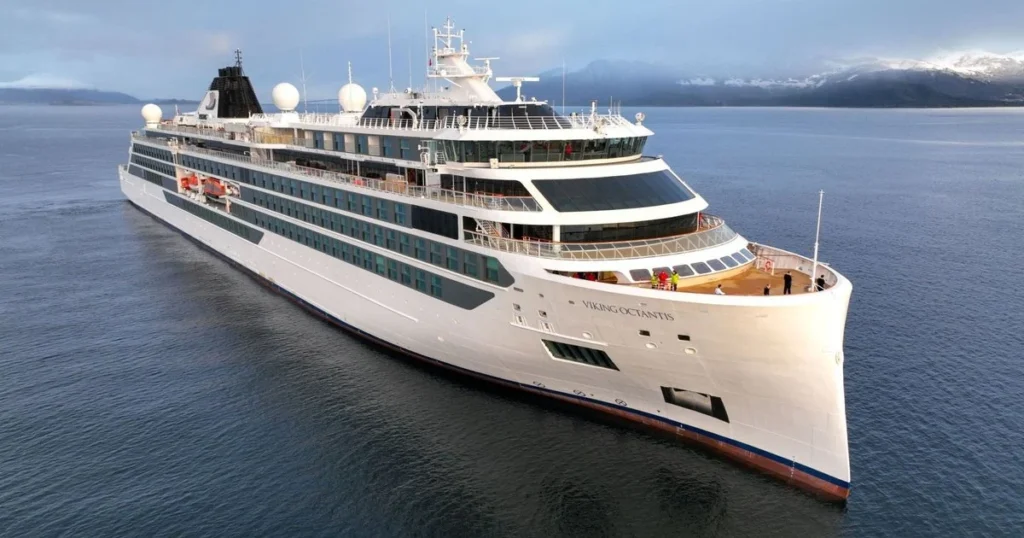
Alongside the hydrogen propulsion milestone, Viking also announced an ambitious expansion plan as part of its broader growth strategy. Contracts have been signed with Fincantieri for two additional ocean ships scheduled for delivery in 2031, along with options for two more ships to be potentially delivered in 2033. These future vessels will continue Viking’s focus on responsible, experiential travel, blending innovation with cultural immersion.
This announcement fits into Viking’s robust long-term pipeline, which includes 26 additional river ships to be delivered by 2028 and 11 additional ocean ships by 2031. By the end of that timeline, the company projects a fleet size of 110 river ships and 23 ocean and expedition ships, significantly scaling its capacity across both waterways and oceans.
This fleet expansion reflects not only Viking’s confidence in the growth of the global cruise market but also its dedication to sustainable practices. As new ships are commissioned, they are increasingly designed with next-generation technologies aimed at reducing fuel consumption, minimizing emissions, and improving overall efficiency.
Setting a Course for Sustainable Travel
The unveiling of the Viking Libra marks a turning point in the evolution of cruise travel. Hydrogen, as an energy carrier, holds enormous promise for clean maritime operations. Unlike fossil fuels, hydrogen emits only water when used in fuel cells, making it one of the most attractive alternatives for decarbonizing the shipping industry.
That said, significant challenges remain. The production, storage, and transportation of liquefied hydrogen require specialized infrastructure and safety protocols. Viking and Fincantieri’s commitment to overcoming these obstacles is a testament to their willingness to lead rather than follow.
The success of Viking Libra could set the stage for wider industry adoption of hydrogen-powered vessels, prompting changes not just in propulsion systems, but also in port infrastructure, maritime regulation, and passenger expectations.
With the International Maritime Organization (IMO) calling for a 50% reduction in greenhouse gas emissions by 2050, innovations like this are not just welcome—they are essential. By taking the initiative today, Viking is helping chart a new course for tomorrow’s cruise industry.
The Broader Impact: Innovation That Resonates
From a broader business perspective, Viking’s move also sends a strong signal to investors, regulators, and consumers that the company is positioned at the forefront of both technological innovation and environmental stewardship. With the global travel industry rebounding post-pandemic and travelers placing increased emphasis on sustainable choices, Viking’s fleet of eco-conscious ships could attract a new generation of environmentally aware cruisers.
Moreover, Viking’s model of offering immersive, destination-focused itineraries aligns naturally with its sustainability ethos. Smaller ships that tread lightly on the environment can access ports that larger vessels cannot, providing richer experiences while also reducing their ecological footprint.





